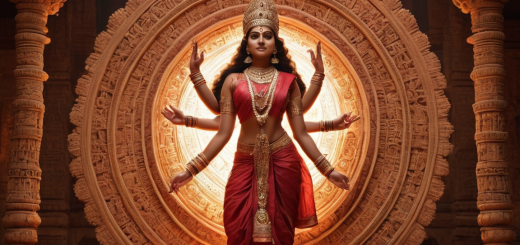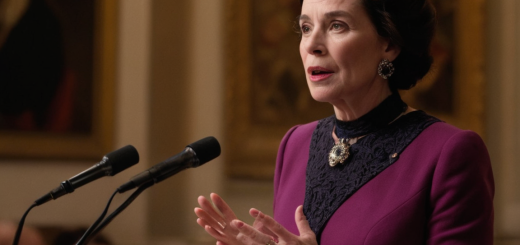The Allure of Chinese Boxes: Unveiling the Beauty and Mystery in Modern Times
The Allure of Chinese Boxes: Unveiling the Beauty and Mystery in Modern Times
Chinese boxes, the emblem of intricate craftsmanship and storied past, have intrigued collectors and art enthusiasts for centuries. Nested within each other, these boxes represent the Chinese traditional art of creating multi-layered boxes that are as functional as they are aesthetically pleasing. In this post, we’ll delve into the fascinating world of these cultural artifacts, their historical significance, current relevance in contemporary decor, and the undying appeal they hold in an age of minimalism.
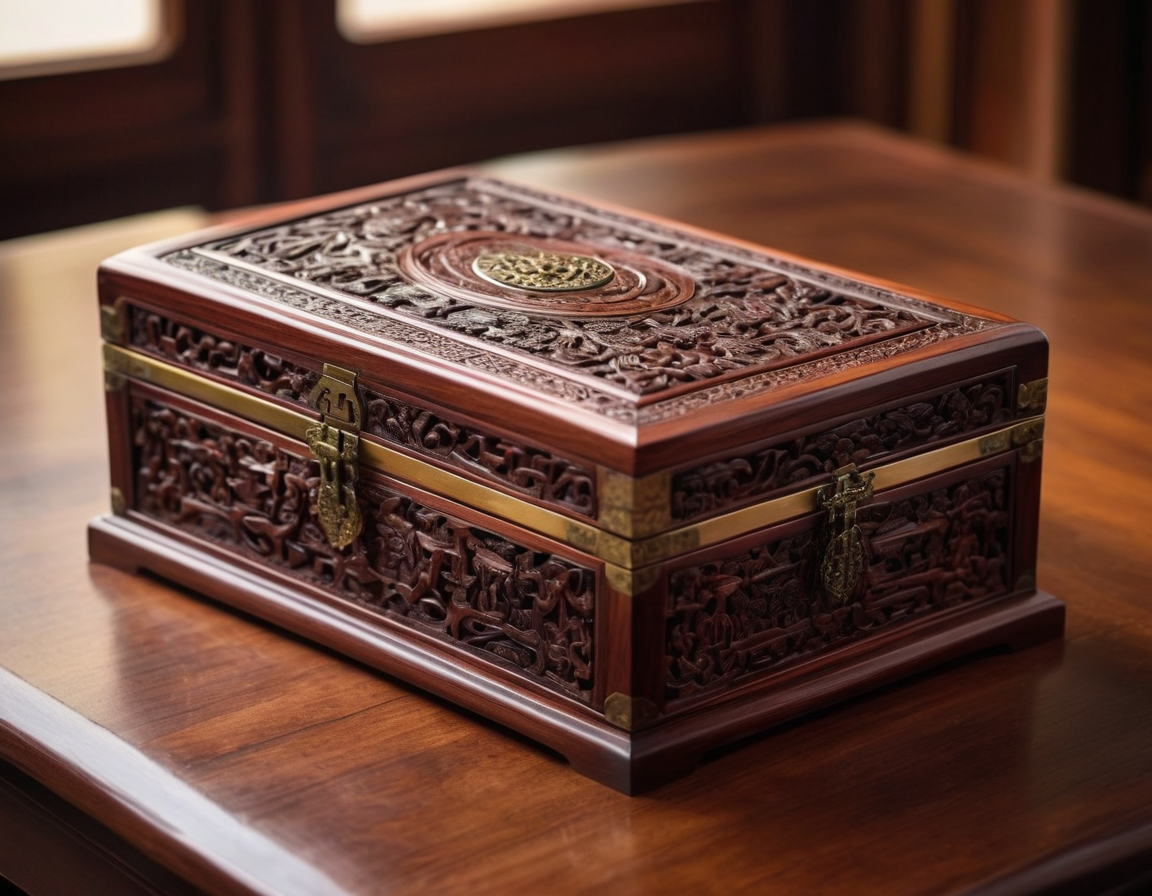
Background: A Rich Cultural Tapestry
Chinese boxes, often made from fine woods like sandalwood or rosewood, and sometimes adorned with intricate carvings or inlays of ivory, jade, or lacquer, were historically used for a variety of purposes. From harboring precious jewels to housing writing supplies or even teas, these boxes have long been a symbol of Chinese artistry and practicality. The traditional making of these boxes is a form of art that requires the skill of seasoned craftsmen, who passed down their techniques through generations.
Current Relevance: Decor and More
Today, Chinese boxes are enjoying a resurgence as a must-have item for those looking to add a touch of elegance and historic sophistication to their homes. Interior designers often use these boxes as statement pieces, cleverly integrating them into modern decor. But beyond decoration, these containers are a testament to sustainability and versatility, serving multiple purposes in a contemporary household. They also continue to inspire modern design with their layered approach to storage and space-saving form.

Expert Opinions: The Timeless Appeal
Art historians and cultural experts weigh in on the enduring popularity of Chinese boxes, citing their intricate design and the stories they tell as key factors in their lasting allure. “They encapsulate a traditional narrative within each layer,” says Dr. Lian Xi, a historian specializing in Asian artifacts. The sentiment is echoed in the art community, where authenticity and artisanal value reign supreme.
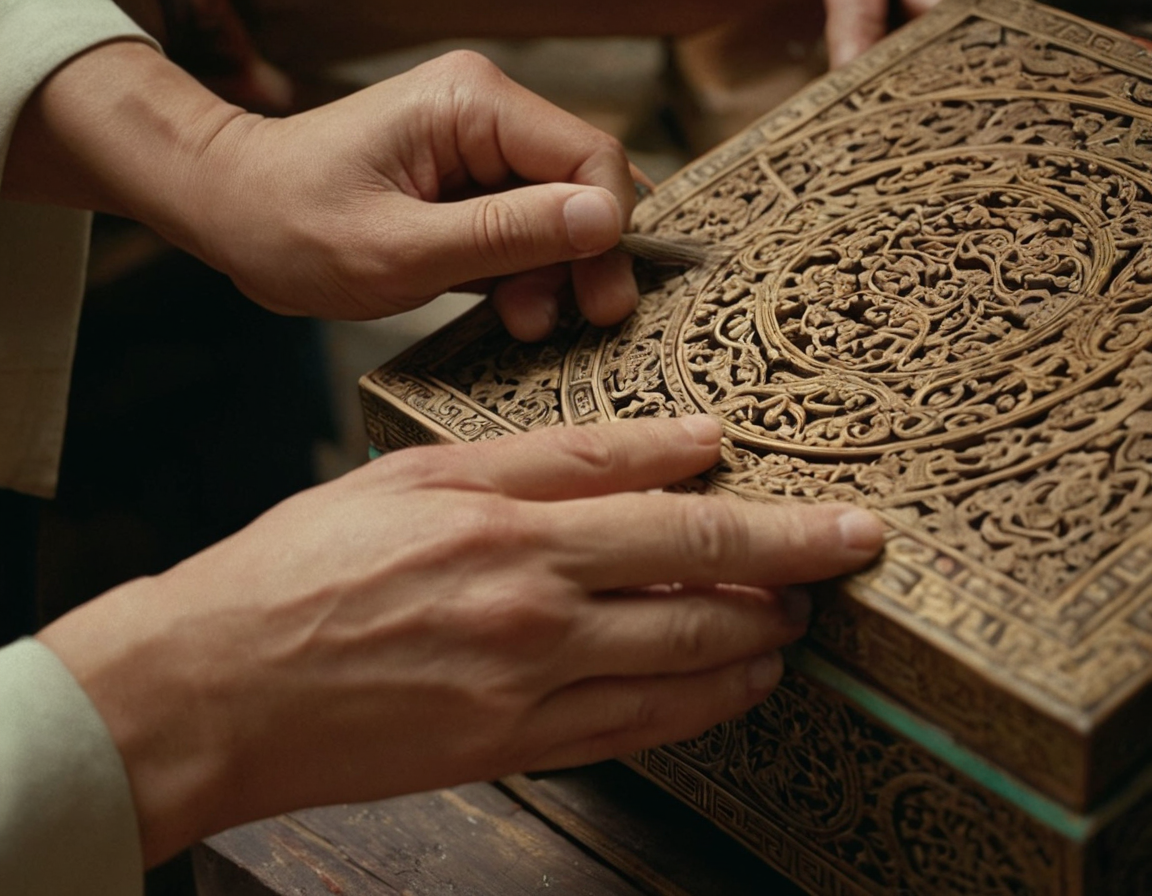
Real-World Impact: Collectors and Cultural Preservation
Collectors around the world cherish Chinese boxes for their historical value and the craftsmanship they embody. Museums frequently feature these boxes in exhibitions, highlighting their importance in cultural preservation and education. Moreover, the market for authentic Chinese boxes has seen steady growth, signifying a greater appreciation for artifacts that represent cultural heritage.
Future Outlook: Cherishing Tradition in a Digital Age
As we move further into the digital era, the appreciation for tangible, handcrafted items like Chinese boxes only grows stronger. They serve as a physical link to the past, reminding us of the importance of preserving tradition amidst rapid modernization. Innovations in design informed by these traditional boxes could very well dictate future trends in both art and functionality.
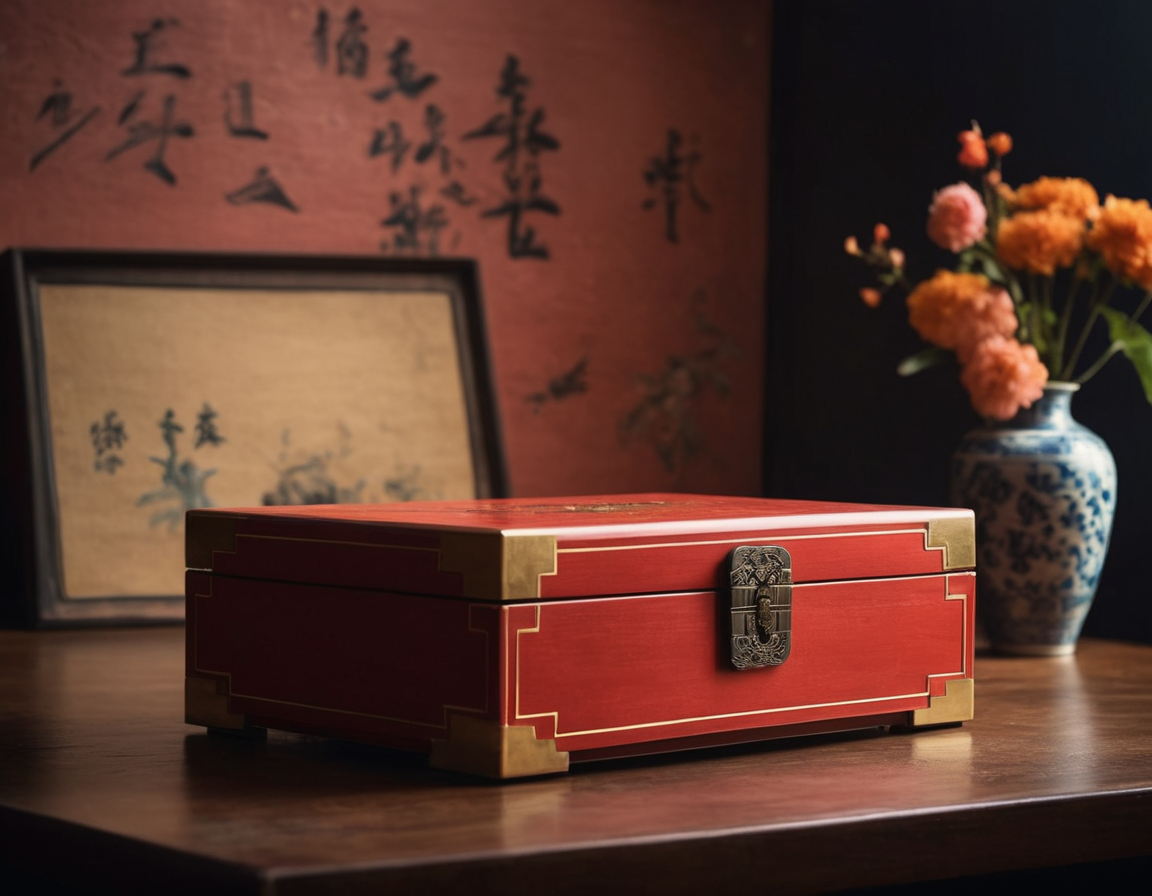
In conclusion, the allure of Chinese boxes goes beyond their beauty; they’re a testament to the enduring nature of traditional art in an increasingly digital world. Whether as collectors’ items, decorative pieces, or functional containers, these storied artifacts continue to captivate and inspire, bridging the past and the future in their timeless appeal.
Call to action: Are you a fan of blending traditional art in modern interiors? Share your thoughts on how Chinese boxes have a place in contemporary design. We’d love to see how you’ve used them in your own spaces!




